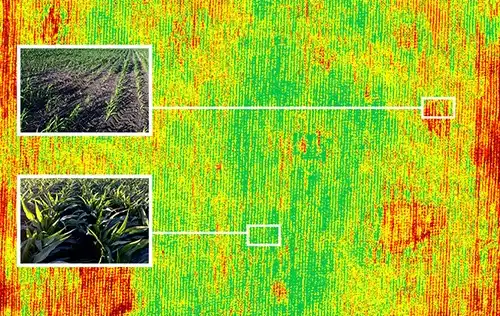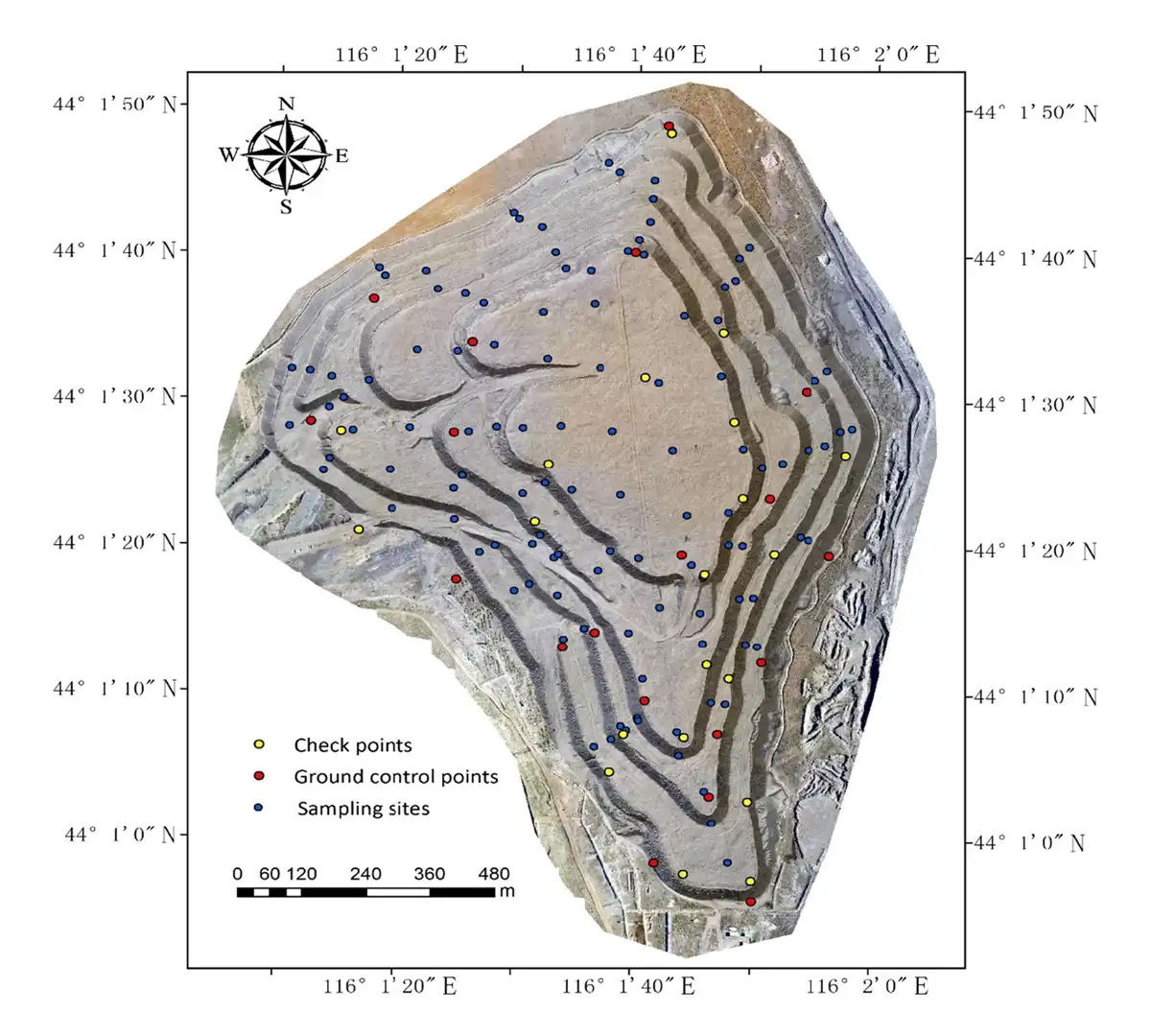Soil and Land Degradation
By capturing detailed topographic data, drones provide precise information on soil
erosion patterns. This data is essential for understanding how soil is being displaced over
time, identifying vulnerable areas, and implementing effective erosion control measures. With
high-resolution imagery and 3D models, we can monitor erosion rates and devise strategies to
prevent further degradation.
Land Degradation Monitoring
Drones are instrumental in assessing land degradation, which includes loss of vegetation,
soil fertility, and biodiversity. Through aerial surveys, drones can map degraded areas,
track changes over time, and provide insights into the causes of degradation. This
information is crucial for developing targeted restoration plans and evaluating the
effectiveness of land management practices.
Desertification Processes
In regions prone to desertification, drones offer a reliable method for monitoring changes
in land cover and vegetation health. By analyzing multispectral and thermal images, drones
help in detecting early signs of desertification, such as reduced vegetation cover and
increased soil exposure. This enables timely interventions to combat desertification and
restore affected areas.
Land Restoration Projects
For land restoration projects, drones play a vital role in planning and monitoring. They
provide accurate data on current land conditions, helping to identify areas that need
intervention. Throughout the restoration process, drones can track progress, assess the
impact of restoration efforts, and ensure that objectives are being met. This continuous
monitoring ensures the success and sustainability of restoration projects.






